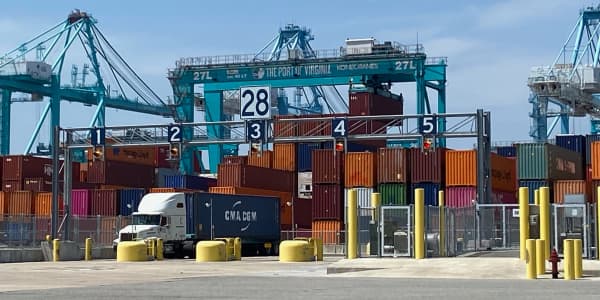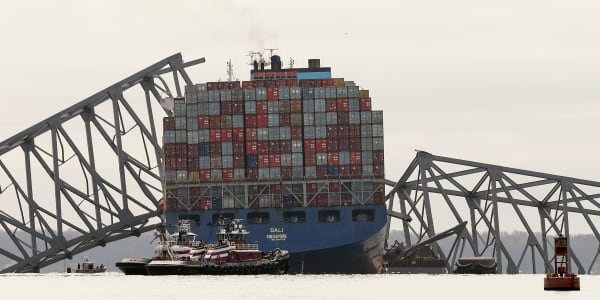
One of the changes in consumer behavior during the pandemic that is sticking is frozen food purchasing. According to the American Frozen Food Institute, the supermarket frozen food department was one of the biggest generators of sales growth in 2022, with a whopping $72.2 billion spent.
All of that food — frozen seafood, processed meat, snacks, and ice cream are just some of the items — has to maintain proper temperature throughout a long cold-chain storage pipeline before reaching the home. Some pharmaceutical items such as medicine can also travel through the cold-chain. This type of logistics maintains foods at controlled temperatures from specialized reefer (refrigerated containers) to refrigerated warehouses and storage, and all the way to the last mile, where products are moved by refrigerated trucks.
But this refrigeration technology, critical to the food supply, is often outdated, especially in an era of advanced semiconducting applications across electronics.
Based in North Carolina's Research Triangle, Phononic is trying to disrupt the cold chain space with semiconductor devices that cool and freeze products secured in its tote units for cold-chain fulfillment. The company leases these reusable totes to grocery stores and retailers, which can use them to bifurcate a payload into three independent temperature zones.
Being able to customize temperature helps reduce frustration associated with payload capacity, "which is something we have heard from trucking and shipping," said Toni Atti, co-founder and CEO of Phononic, which has been named to the CNBC Disruptor 50 list three times.
Atti explained that at the warehouse level, grocers and e-grocers are faced with a dilemma where they have to refrigerate or freeze all of their perishable items at a fixed temperature. The container of ice cream that is frozen solid, or was refrozen, is one example.
"We have all brought ice cream home that was not transported at the optimal temperature," Atti said. "You open the lid and it looks refrozen or it's like a block of ice. The reason is the cooling solutions in the space rely upon imperfect, legacy incumbent solutions. Dry ice gel packs and frozen water bottles are highly ineffective, highly unstable and unpredictable, and not the least sustainable." he said.
Over the course of delivery to the last mile, tremendous energy is used in keeping items cool, and there are opportunities for improved sustainability. Atti says by using the mobile plug-in totes to curate their cold chain rather than cooling an entire truck, less energy is used. "We hear from trucking and shipping companies they are only using 5% to 50% of energy. That's a cost and sustainability savings."
Phononic's actively controlled temperature smart tote is just one of the innovations vying for a piece of the cold-chain storage market that Atti estimates is worth $20 billion.
"This is an incredibly fragmented market," he said.





